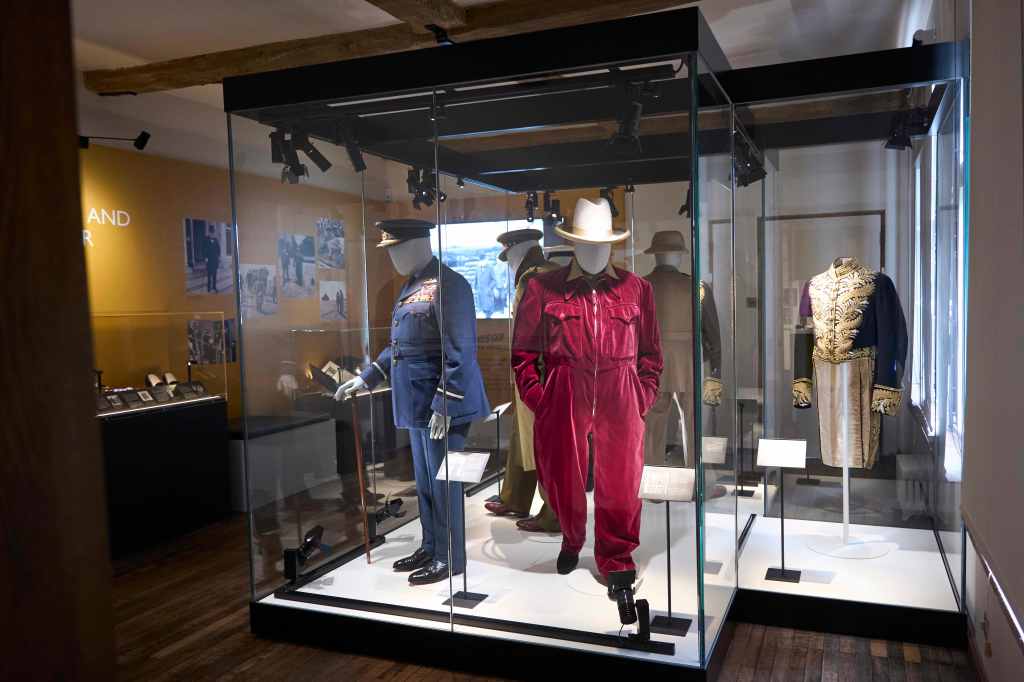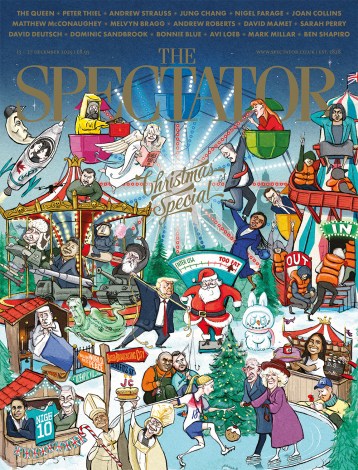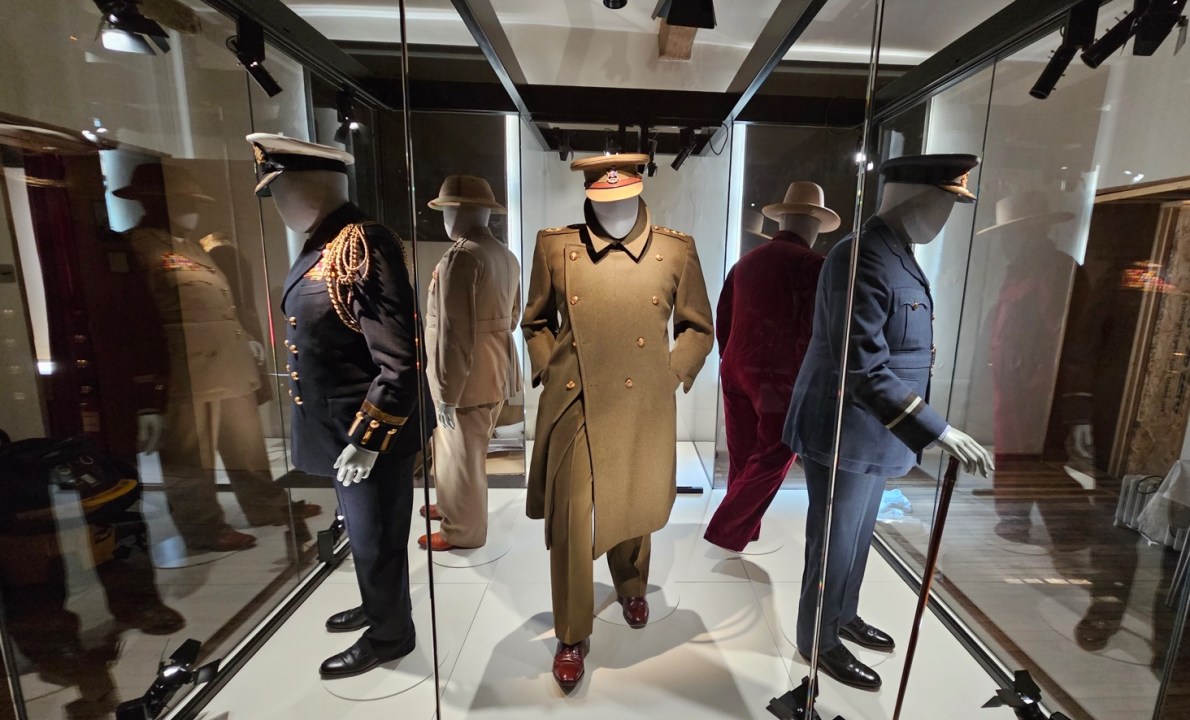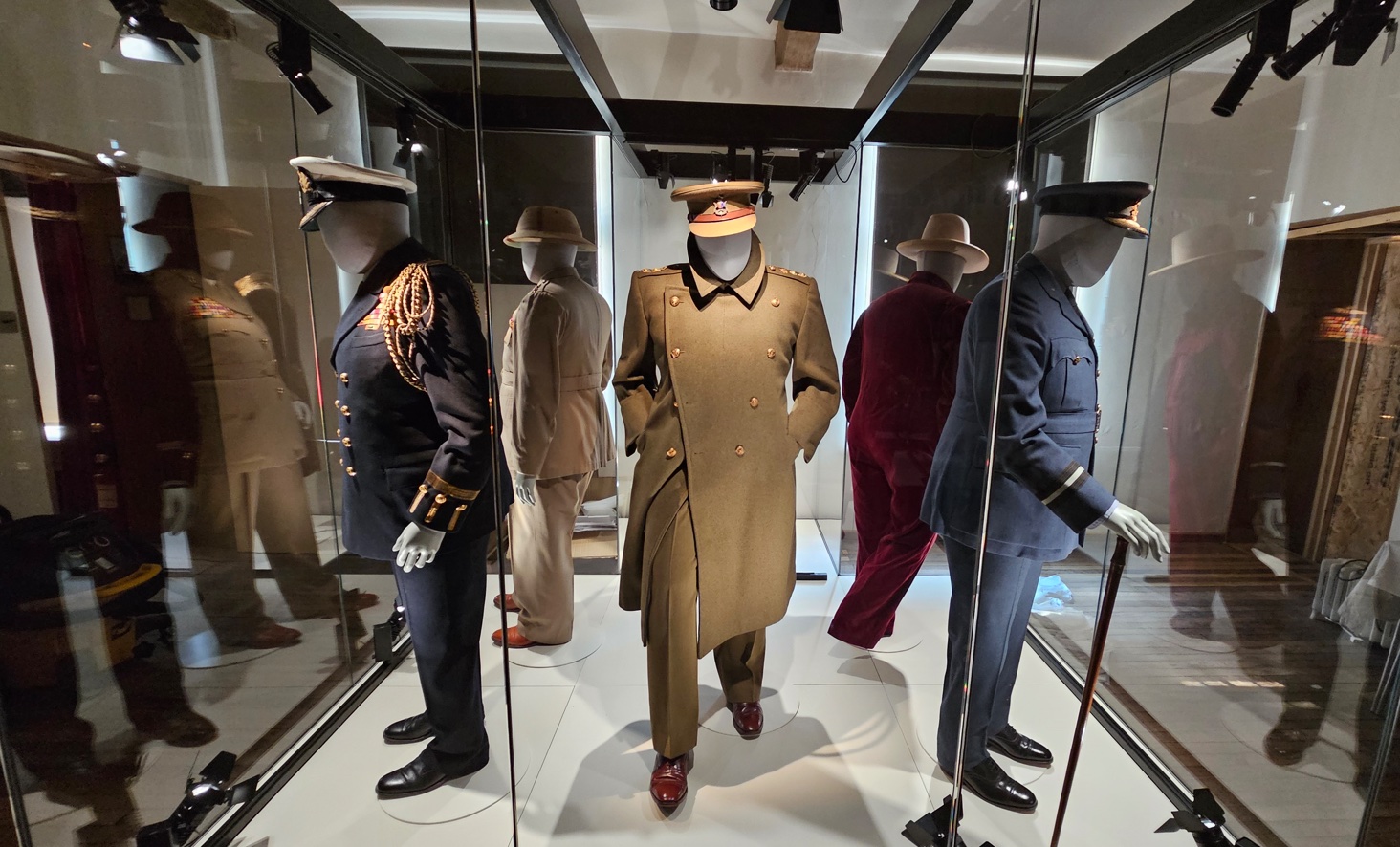There has always been something really rather magnificent about Chartwell, Winston Churchill’s beloved country home in the Weald of Kent. Sure, it’s no Blenheim or Chatsworth; in fact – say it quietly – from certain vantage points this redbrick Tudor house is verging on unremarkable. It’s even, at a pinch, conceivably the sort of place that Kirsty or Phil might claim lacks kerb appeal.
But they, just as any visitor does, would immediately recognise that the true appeal of Chartwell is not in its architecture (although all those walls Churchill built when he modernised it are handsome). No, it’s in the property’s connection to its former owner, and the view – over a seemingly unspoiled Kent arcadia which stretches for as far as the eye can see for some 40 miles. Clementine Churchill compared it with the view you get from an aeroplane.
Inside, there’s the Cunard-liner style dining room that juts out into the landscape with views on three sides; there’s all that art, which includes Sir John Lavery’s indomitable portrait of Churchill in his first world war uniform; there’s Churchill’s study, with his actual desk and his bookshelves with soft toys to mark where volumes were removed; there’s his sheer august presence, hunched in the corner as if the ghost of Gary Oldman in The Darkest Hour were standing next to you upon those narrow floorboards chosen by WSC (a former First Lord of the Admiralty, of course) to remind him of being on the deck of a ship.
And yet somehow Chartwell, which already attracts north of 200,000 visitors a year, has just got even better. There’s an all-new exhibition – one which brings Churchill to life even more vividly than ever before.
After you’ve done the downstairs – including the sitting room and the hall with its incredible visitors’ book, and the kitchen and the recently opened secretaries’ room (again all very Darkest Hour) – you head upstairs. What you arrive at is, firstly, a temple of Churchill’s awards: it contains his Nobel Prize (the illuminated document shows a facade of Chartwell, illustrating how important the place was to him); his certificate conferring honorary American citizenship signed by John F. Kennedy; a pair of enormous glass jugs given to him by Stalin, as ugly as the man who presented them. It’s a trove, but altogether somewhat impersonal.
But pass through the next doorway and you step into the newly reborn uniform room – now hosting an exhibition entitled ‘Churchill: Image and Power’ – which has been transformed from the original layout conceived by Clementine when she handed the house over to the National Trust after Winston’s death in 1965. Gone are the dark-blue painted ceiling and blue carpet; gone also are the boldly coloured wall-lined units (inspired by a window display at Jaeger that caught Clementine’s eye) which contained tailors’ dummies adorned with half a dozen of Churchill’s military and ceremonial jackets.
Now the ceiling is white and its wooden beams have been exposed; those narrow Dreadnought floorboards are present underfoot and a select handful of Churchill’s pristine-looking uniforms are displayed before you on exact life-sized mannequins of the great man himself. And what’s more, he has trousers on – and shoes (not original, I’m told). So there he is in his red velvet siren suit (a boiler or romper suit with a zip down the front), hands buried in his pockets, hunched over, his head covered by a white ten-gallon Stetson, pacing towards you. The posture is of Winston in thought, brooding perhaps or in close conversation, as he roams the grounds.

There he is in his army greatcoat striding purposefully and, presumably, towards victory, reminiscent of his statue in Parliament Square; there he is in the air commodore’s uniform of the Royal Auxiliary Air Force, service cap, shoes and all. You just see him striding about Biggin Hill inspecting ‘Spits’. Is this oblique Churchill as portly as he was? Has the curator been kind to the waistline? Possibly, but who’s quibbling?
There is more in this little display: his privy counsellor’s tail coat, his uniform of an Elder Brother of Trinity House and his tan-coloured tropical service dress of an honorary colonel of the 4th Queen’s Own Hussars (in which he served as a young man), replete with no-nonsense pith helmet. And it’s uncanny, because if you look away, you can’t help but catch this figure in the corner of your eye and think that he’s real. Thanks to these subtly Churchillian poses, once-dead uniforms have actually been embodied, brought to life, but without indulging in anything crass like putting them on moving models or slapping his actual face on them. The Churchillian momentum is implied and it’s enough. You can stand in the great man’s shadow and it’s a small joy.
Which is the point, notes Chartwell’s curator, Katherine Carter – author of Churchill’s Citadel, an excellent history of WSC and the house – who decided to put the man more explicitly in the uniforms. The new exhibition also tells us how crucial the uniforms and Churchill’s other visual props were to creating a strong identity, both as a politician and wartime leader (lessons we learn today from the likes of Volodymyr Zelensky in his fatigues or Andy Burnham in his anorak).
So, in a display cabinet there’s Churchill’s distinctive ‘bowker’ – that is the Cambridge bowler hat which gave him that immediately recognisable silhouette. There’s one of his blue and white-spotted bow ties (a tribute to his father who wore them, too, and whose portrait is above his bed), and a note about his cigars, of which he smoked perhaps eight to ten daily. The display explains how on his way to deliver his Iron Curtain speech at Fulton, Missouri, in 1946, Churchill asked for the open-topped car to stop, explaining: ‘I can’t light my cigar in this wind, and I know the people will be expecting it.’ It was said of Churchill that he mobilised the English language and sent it into battle. Cuba’s most famous export provided the reinforcements.
There is more there too in this small room which packs a punch, including a screen of wartime footage of WSC in action, for the generation whose memory of him is less entrenched. So go and have a look, before this part of the house is closed for winter conservation on 2 November. Rather like Toad, it’s never a bad time to visit (or revisit) Chartwell, and the new uniform room is undoubtedly a small triumph of which the curator of the house and its many volunteers ought to be justly proud.








Comments